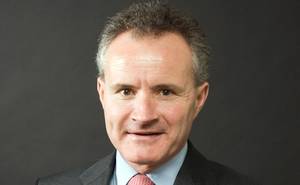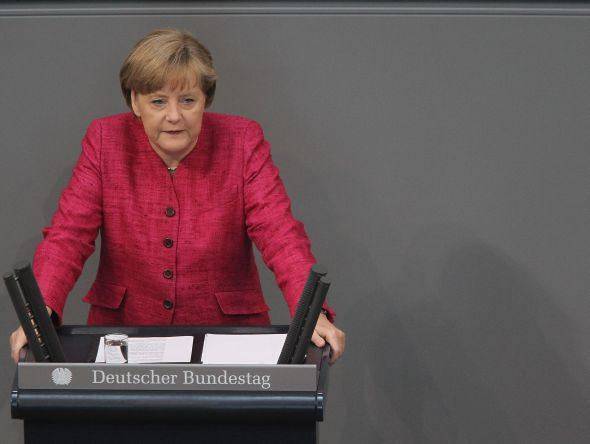It used to be the case that investors turned to automobile manufacturers as a secure, long-term option for growth. But those days have passed. The world might still run on cars, but in terms of being a sector in which to invest, it requires selectivity. In Europe, weak consumer spending and saturation of the market has sapped demand for such big-ticket items. This has left the car industry in Europe in a category we term as ‘euro grunge’ – the value end of the market.
However, times are changing once again. Following years of economic uncertainty and industry restructuring, strong Chinese sales and pent-up demand for replacement cars in the US has provided some reasons for optimism. But the automotive industry remains at a crossroads. Its future is bound closely to the growth of technology, with consumers increasingly focused on fuel efficiency (in response to stricter governmental regulations on emissions), hybrid and electric vehicles, and safety. Those firms that can meet those needs are those that will be able to sell more vehicles and raise their market share.
The safety trend is one that looks particularly interesting. Passive safety is something we all know about, such as that provided by airbags and seatbelts. But active safety, technology that helps to prevent accidents from happening, is seeing more and more growth. Active safety started out with technologies such as anti-lock braking systems (ABS) and Electronic Stabilisation Programs (ESP), but has now extended to driver assistance systems that can prevent the driver from moving into the wrong lane on a motorway, alert the driver to pedestrians, assist with parking, or even apply the brakes early to avoid an accident.
Technology is unpredictable, but the line between driver assistance and automatic driving will continue to blur the further we go. Germany-based automotive industry supplier Continental believes that vehicles will be driven motorway distances on a fully automated basis by 2025 utilising vehicle-to-vehicle communication, while car manufacturer Renault believes that this could be a reality by 2020.
A lot of the growth we see in safety is being driven by regulation. Safety assistance is one of four areas in which the European New Car Assessment Programme (NCAP) regulations judge cars. NCAP rewards and recognises car manufacturers that develop new safety technologies, from blind spot monitoring to systems that detect drowsiness. From a regulatory perspective, from 2014 it will not be possible for cars to receive a 5* rating without an active safety component. This creates an element of embedded structural growth that should help to partly offset the cyclical nature of the broader automobiles sector.
We remain very cautious about the prospects for big car manufacturers, away from the premium brand market (where we continue to favour BMW). Firms that specialise in developing technology and components seem well positioned to meet the demand for active safety technology and therefore offer great investment opportunity. Continental, French vehicle components provider Valeo or Swedish-American automotive safety systems producer Autoliv are amongst the names that we like at present. A key benefit of these component suppliers is that not only are they at the forefront of these heavily-demanded technologies but in having partnerships with several automakers around the world, their revenues are spread across numerous car brands and geographies, helping to spread risk.
Opinion column by John Bennet, Portfolio Manager at Henderson Global Investors




 For Fórmate a Fondo
For Fórmate a Fondo
 For Alicia Miguel Serrano
For Alicia Miguel Serrano